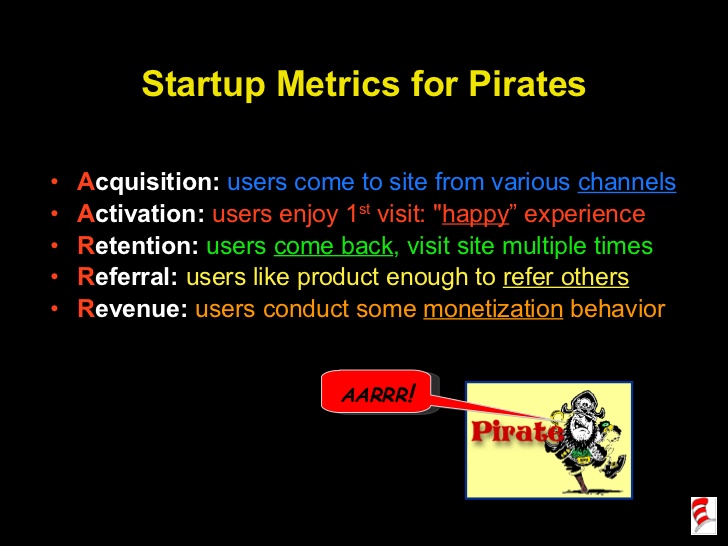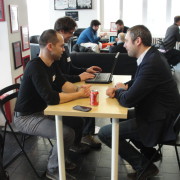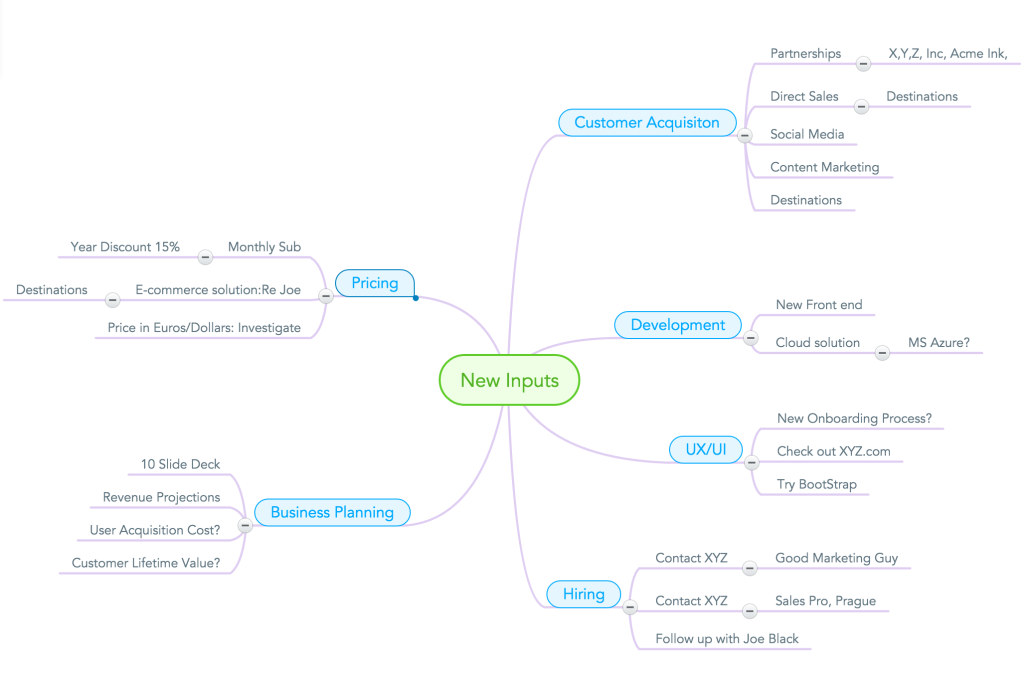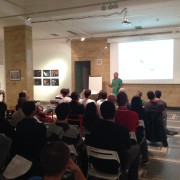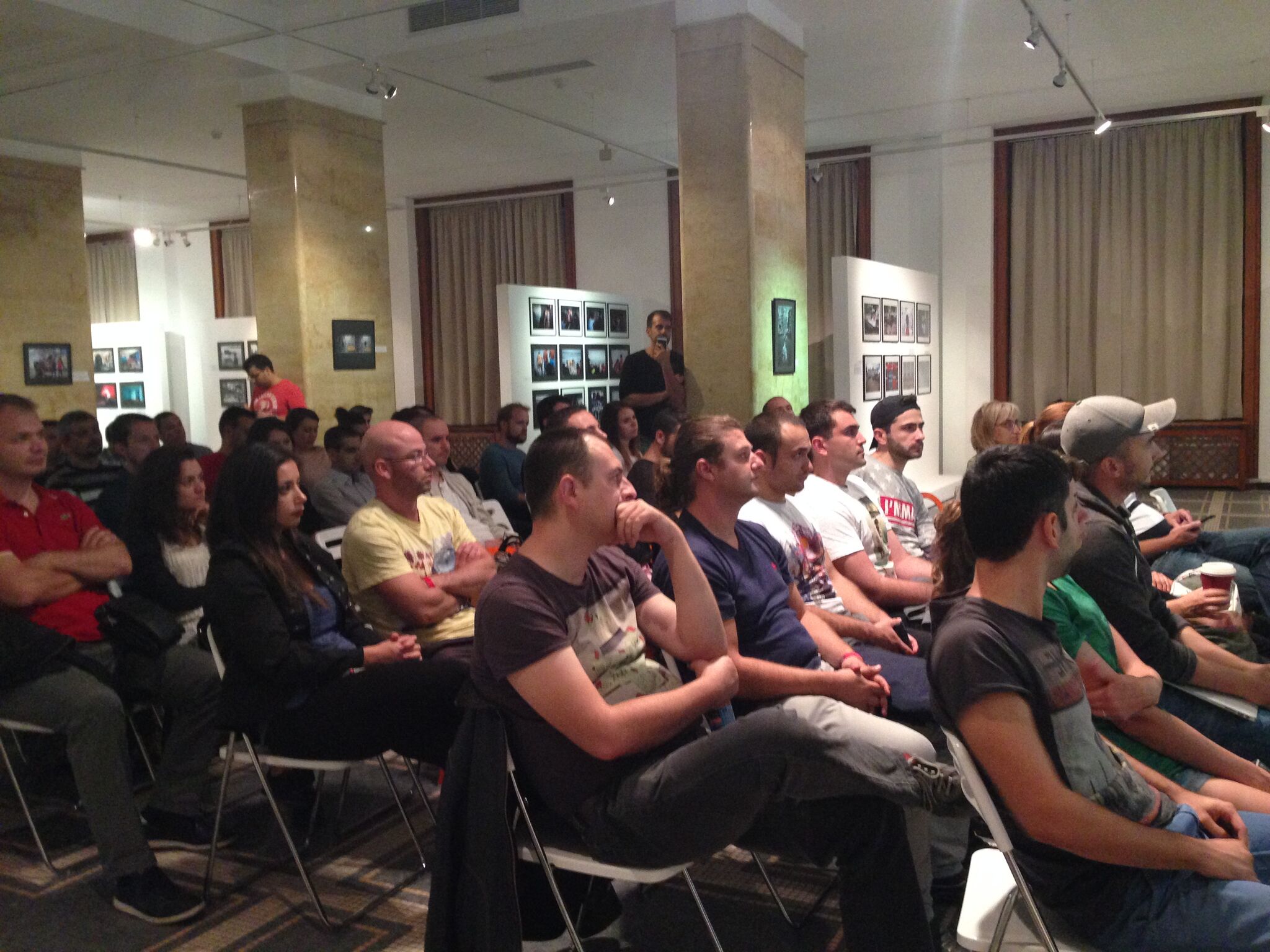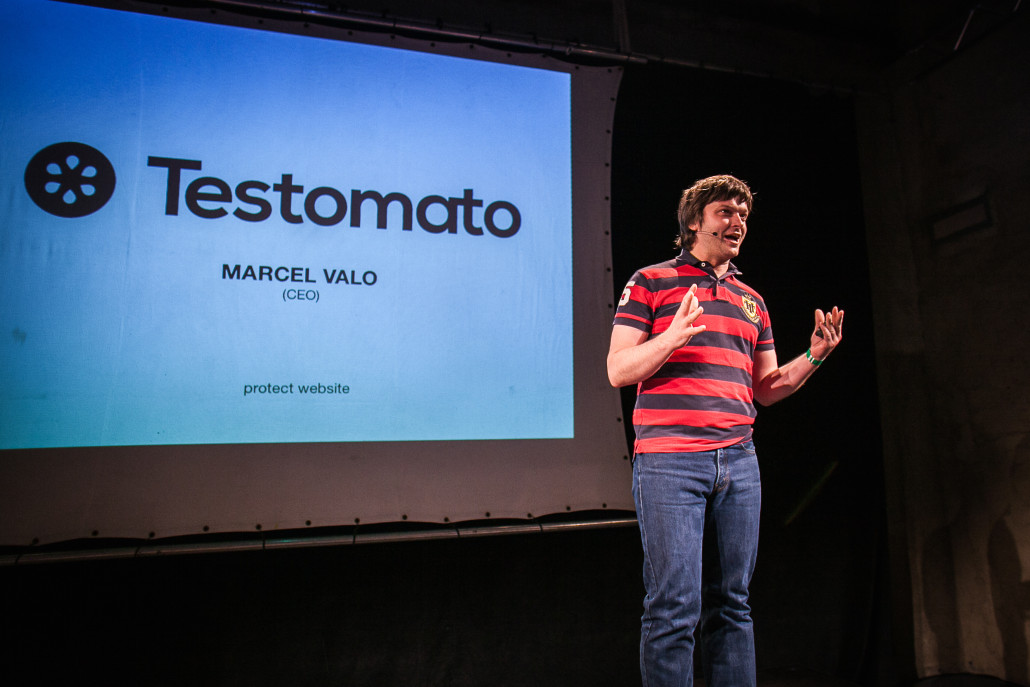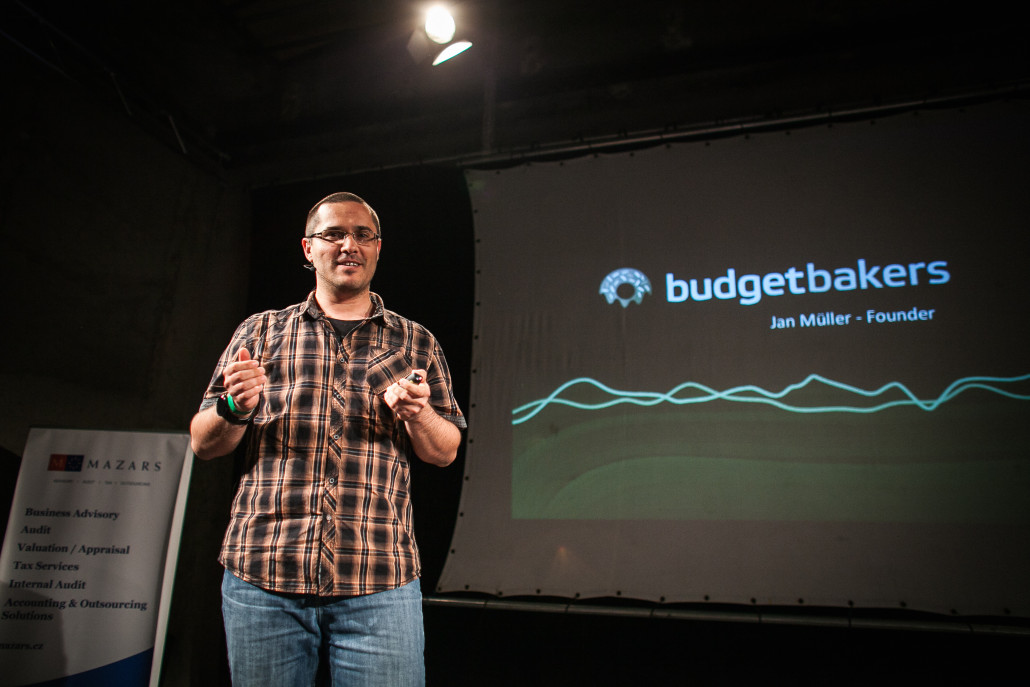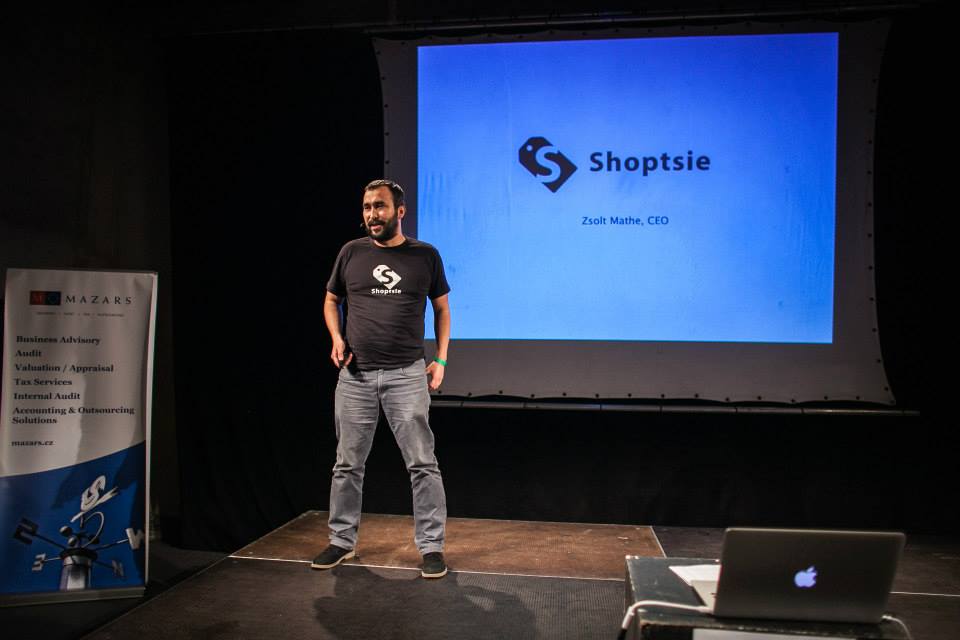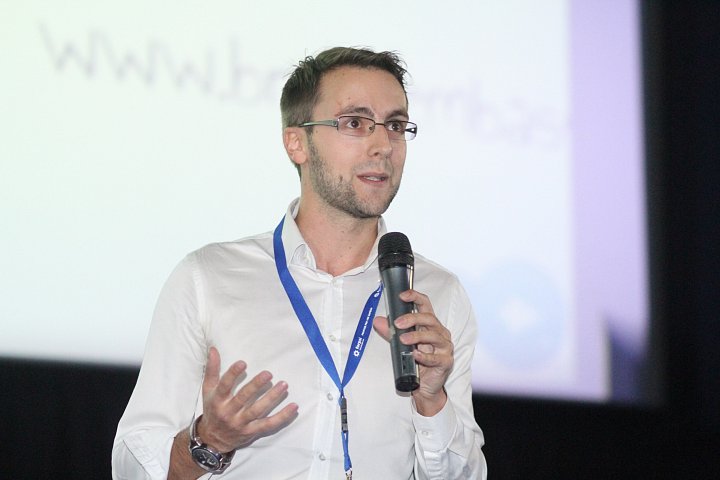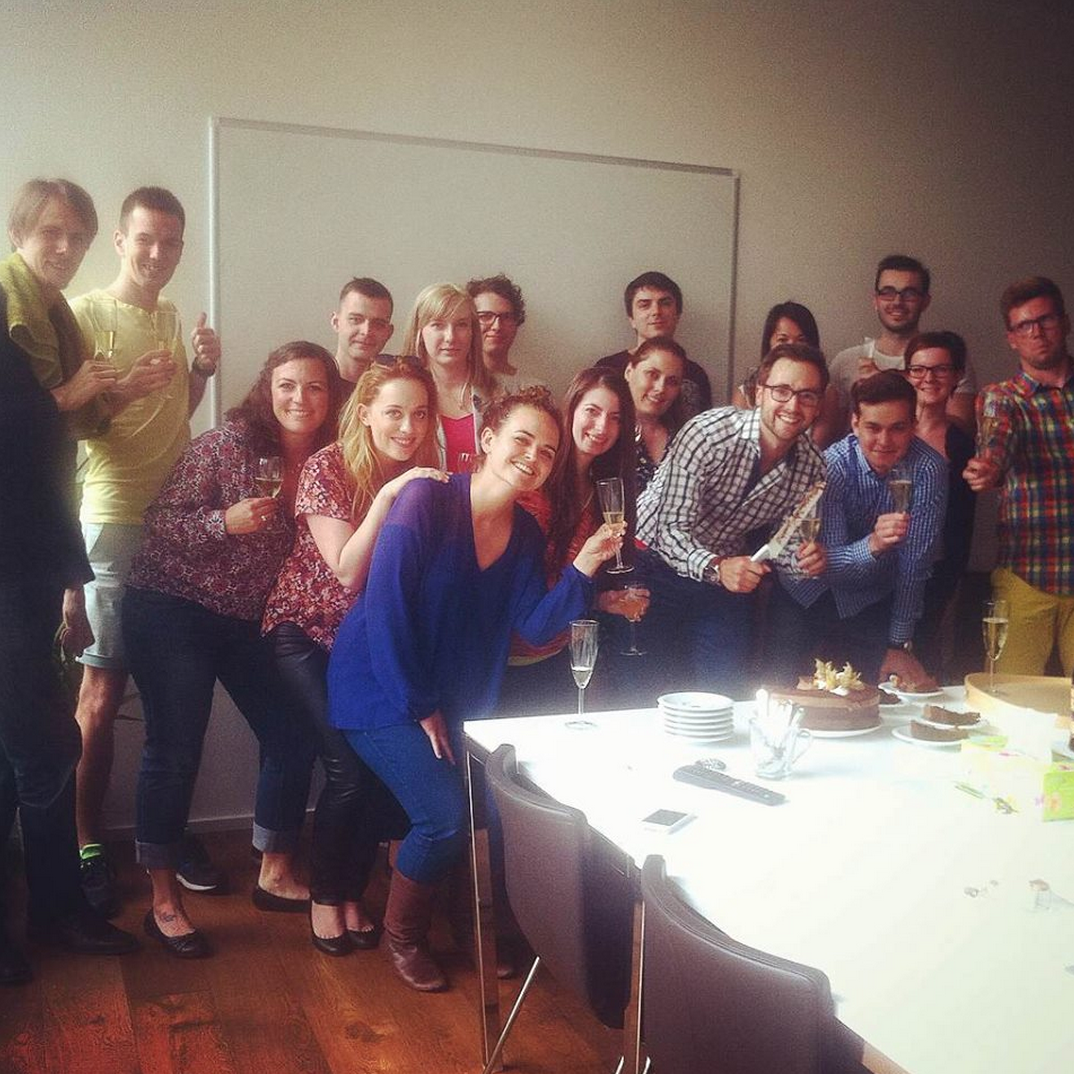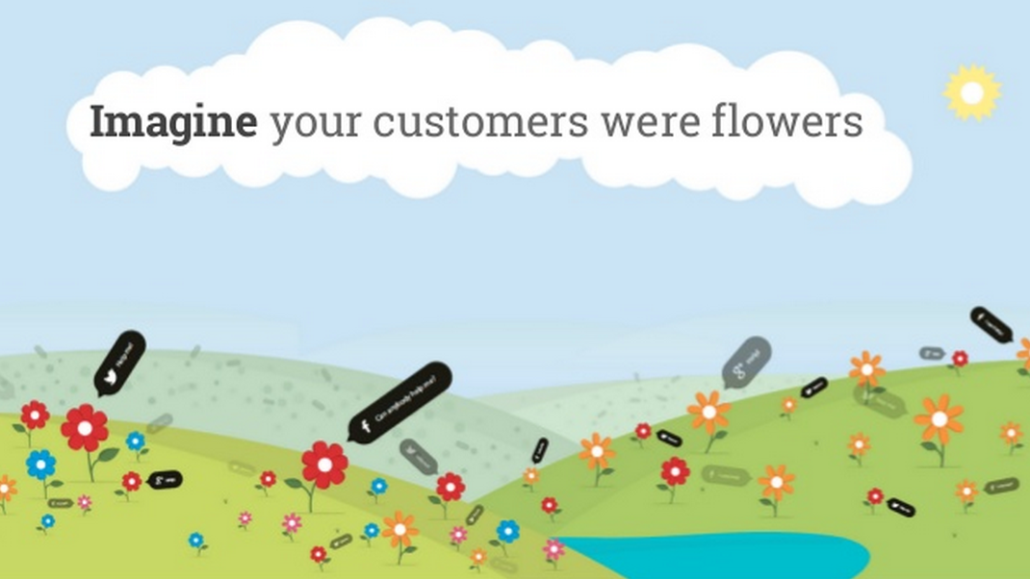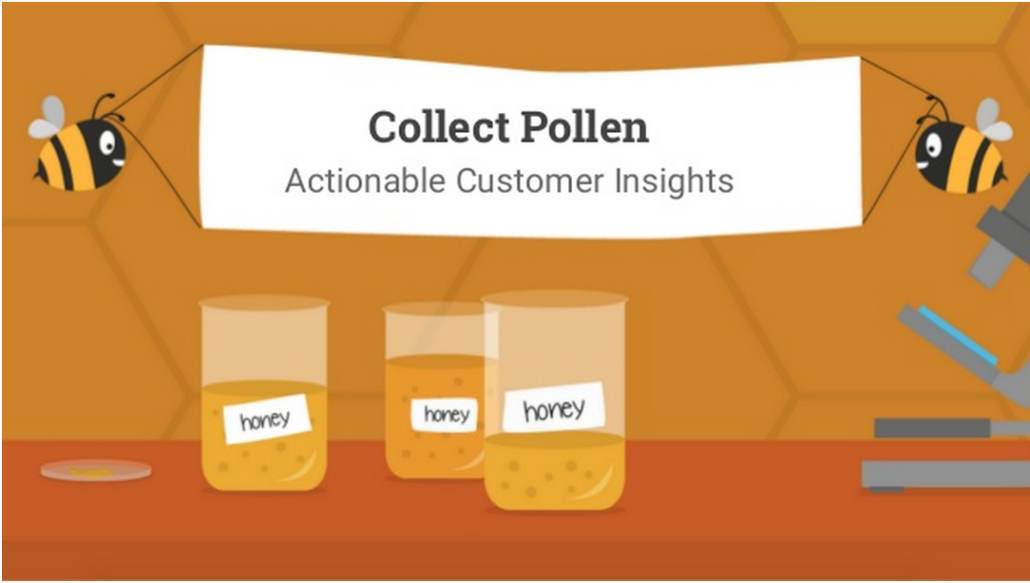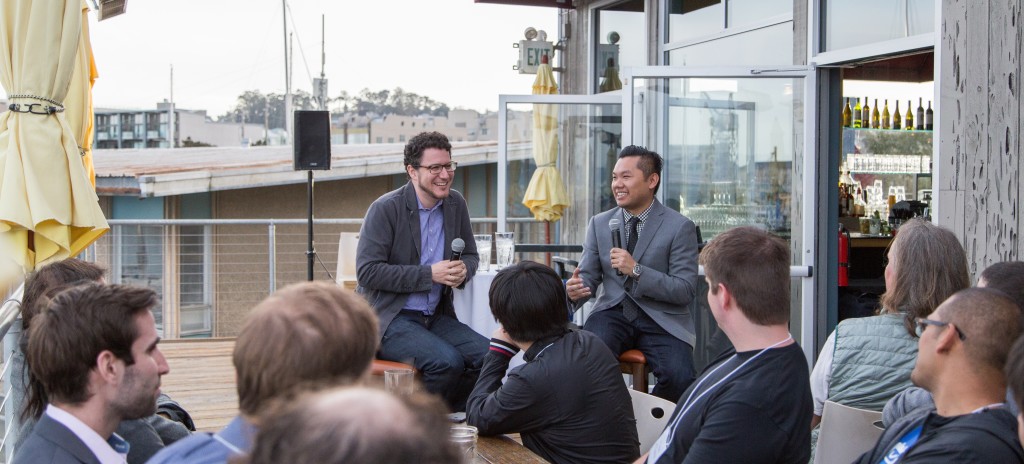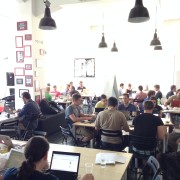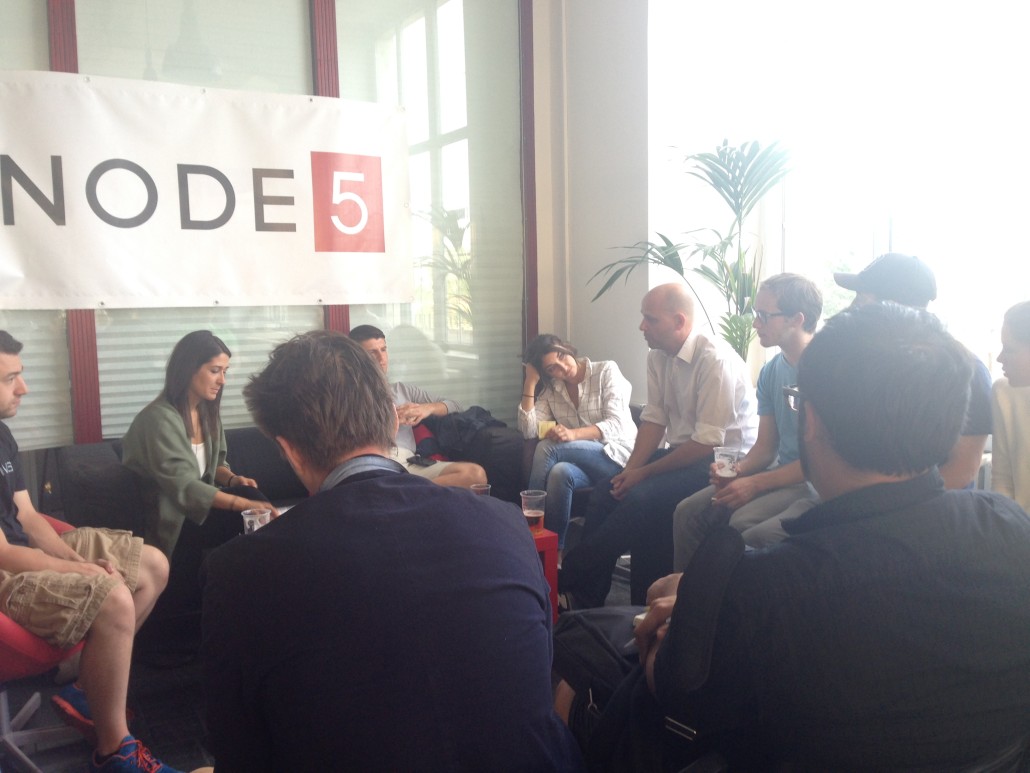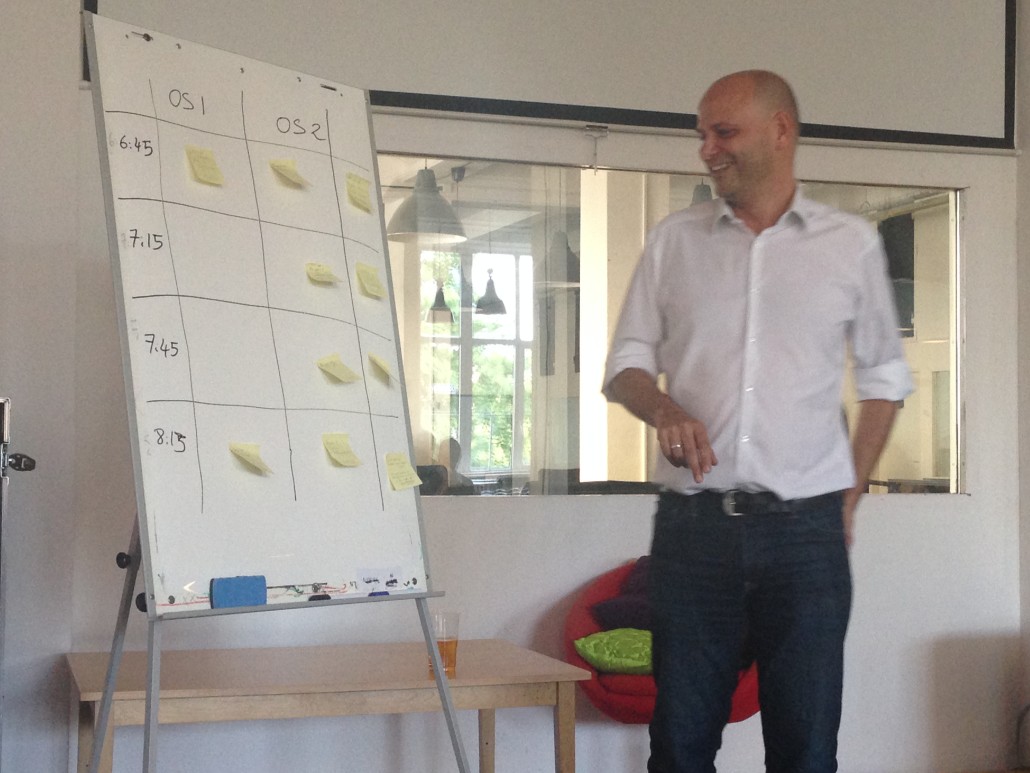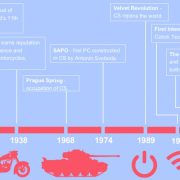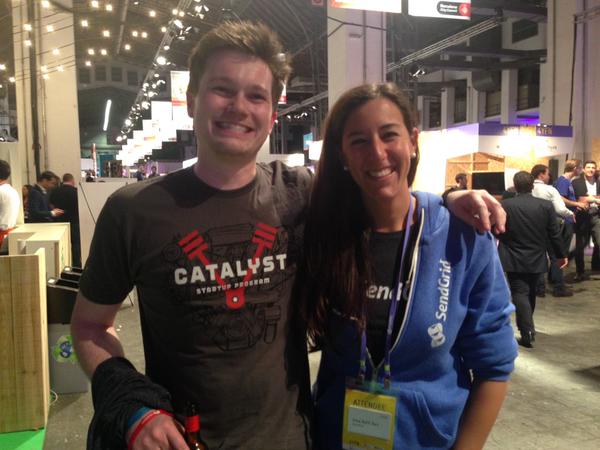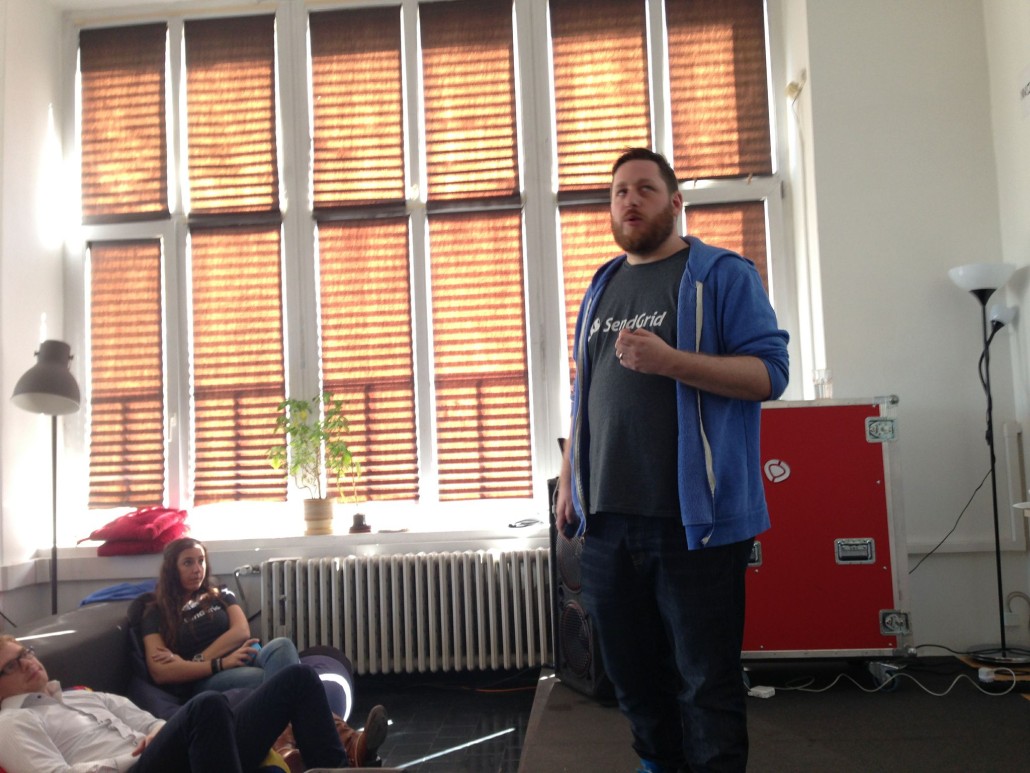Knowing Your Numbers
Startups are all about numbers. Churn, burn, runway, ROI, CPC, ARPU, CAC, LTV, DAU, MAU, and so on.
There are a lot of metrics and KPIs that startup founders are expected to have at the tip of their tongue, every time they talk about their startups. But there’s a good reason. These numbers are meant to give you an unbiased view of your business. If you don’t know what they are at this exact second, well, don’t panic!
Here we won’t so much cover which numbers are most important. Each team, and each member of a team, should have their own metrics to watch. This post is going to be about how to keep and use your numbers in as productive and non-misleading a way as possible.
Focusing on the Right Numbers
Startups can easily fall into the habit of deceiving themselves, and inevitably others, with their own data, by only focusing on the data that sounds positive, and on positive ways of presenting it.
Startup founders will tend to hone in on the metrics that they know are improving over time, and ones that sound impressive without much thought or context. For example, I’ve seen startups ignore monthly active user numbers, but constantly talk about the number of their downloads in the app store or on Google play.
And no surprise- the cumulative number of downloads never goes down, so it always paints a sunny picture- even if that picture doesn’t mean anything. Savvy investors know this very well, and they’ll see through it in an instant.
So beware of vanity metrics: number of downloads, visits to your website, number of followers, number of likes, etc. These numbers rarely if ever go down, and they don’t give any useful information about present conditions. Much better are numbers that can change quickly.
First Things First
You have to focus on numbers that you can actually improve, and you should focus on improving one KPI at a time. Overall, there are really only a few indicators that matter most in the life of a young startup, and they are linked: user acquisition, user retention, and conversion.
If you don’t have a handle on these numbers, then fiddling with other metrics will make far less of a difference over time.
Acquisition -> Retention -> Conversion
When a VC or angel investor asks for your “traction,” while they might be interested in several data points, these are three numbers they’re definitely interested in first. How many users find your product (acquisition), how long do your users stay with your product (retention), and how many of the total users are willing to pay for it (conversion)?
Why in that order? First, the sales funnel starts with user acquisition. You need users in order to begin thinking about retention and conversion.
You can’t optimize your sales funnel without having some users in it already, so while acquisition comes first, it can’t be the first focus. Early user acquisition doesn’t have to be expensive. It can be organic and relatively low cost. You shouldn’t invest lots of money in a non-optimized sales funnel anyway.
Early users are often early adopters, or those who can reach in your own network. But over time, you will be looking for a wider market, and you may have to spend more at some points to get users.
Once you have users, you have to focus first on what you *can* optimize, which is your user retention. How many people leave your product after the first month? If they stay a month, how much longer are they likely to stay? Your retention rate has a huge impact on your ability to grow your userbase, and eventually revenue.
User retention, more than conversion, is key to building an audience for your products that really lasts, and knowing these numbers in intricate detail is vital in making your case to investors. If user retention is very low, then the work of acquiring new users will not only never get easier, it will continually get more expensive.
Why? Because if you want to scale and grow your revenue, you’ll have to continually spend more and more to acquire new users, all while fresh users become rarer. Investors want to see the opposite trend: as your userbase grows, user acquisition, on average, should get cheaper and easier.
Keeping more of the users you acquire will, over time, provide a larger population of users to convert to paid products, or cross-sell to other products, or any other of a hundred monetization strategies.
Plus, with a higher population of users, you can find ways of driving down acquisition costs, and can achieve more positive word of mouth, better search ranking, more visibility on social media, and many other advantages.
Once you have optimized user retention, and you are keeping as many of your incoming users as you can, you can start working on both ends of your sales funnel, bring more users in, and converting more of them to paid products, like subscriptions.
But focusing on converting users, when your retention numbers are low, will yield few results, and over time, those results will diminish without strong retention numbers.
For a lot more on this kind of problem, you can check out AARRR by Dave McClure, which is an insightful and hilarious collection of tips on what metrics to look at, how to track them, and how to think about them in a startup.
Here is the core AARRR acronym he uses:
Staying On Top of Things
I encourage startups to build a small “dashboard” of their basic metrics using Google sheets or charts, and keep it constantly updated. Over time, new metrics can be plugged in as they become a point of focus. An early stage startup might worry about user retention, whereas later on, the user engagement figures might be more important. It’s important to put an emphasis on the numbers you can actively improve, and to contextualize your work based on the numbers.
Don’t start tracking things only *after* you’ve made a change. Start tracking it before the change occurs. Progressions are far more important than numbers without any context: what was that number last month, compared to this month? How has it changed? What is the growth curve? Is it static? Is it dynamic? Those are things investors will want to know, and things you need to know to be sure that what you’re doing is having any effect at all.
And by keeping all your KPIs in one place, you can get a reasonable overview of the business whenever you need it, or whenever someone asks you a question about any particular KPI.
In the hierarchy of bad answers to investor questions “I don’t know,” is not the worst. You can’t know everything all at once. But once you give that answer more than once, consider making it a part of your overview from then on. There’s nothing more frustrating for an investor or a mentor than to ask a startup about the same metric over and over, and have the answer always be the same. If they’re asking, it’s probably important information for you too.
Giving Your Work Meaning
Focusing on how numbers change over time can affect the way you work. It can make you aware of weaknesses, and it can alert you to hidden strengths.
For example, a startup at StartupYard was planning to completely re-work the onboarding process for their mobile app. They planned to introduce a mandatory trial period for the product, and were trying to improve the conversion rate to their paid product.
So I asked the founders: “What have been the current conversion rates over the last few months?” Silence. Then, “well, they will be different once we introduce the new onboarding, so we’ll track the improvement from then.”
These are smart guys, definitely. But they were so focused on building the thing that was going to convert more users, that they didn’t even bother to check whether it actually would accomplish that goal.
But once they took a look at the data, they were able to see a clear, measurable improvement in the numbers they were targeting. When this startup’s team did start focusing on the conversion numbers, they used that focus to steadily improve their conversion rate over a longer period. Last we spoke to them, the conversion rate (and therefore revenue) was significantly higher than they had originally hoped- and that owed to how much focused work they had put into improving that metric.
I believe that if they hadn’t been focused on the conversion metric, they would have implemented those changes and moved on to something else. If their conversion rate had improved then, it would have been no better than a coincidence. But their focus on the numbers motivated them to keep improving over time.


